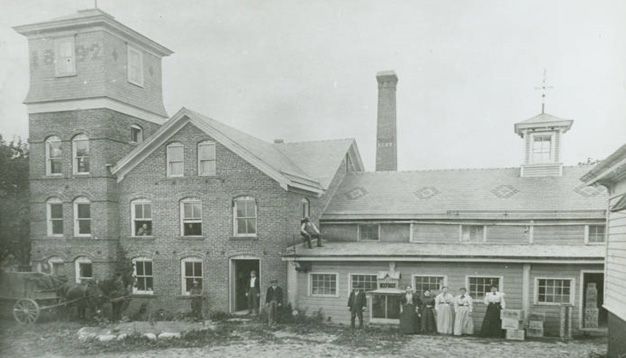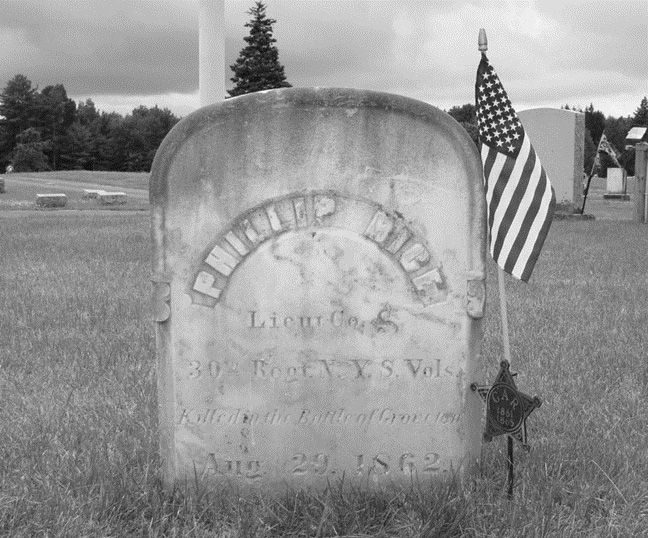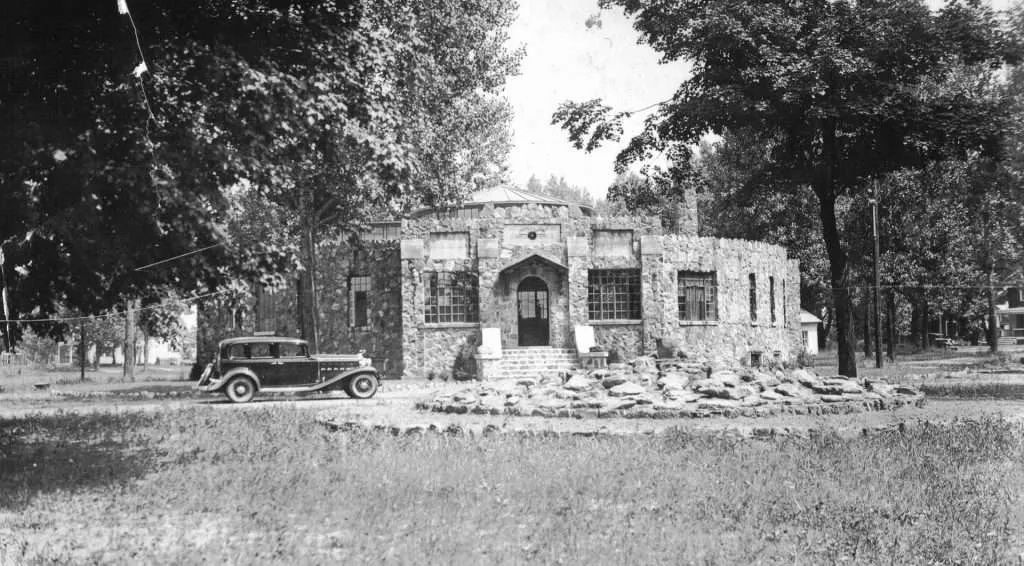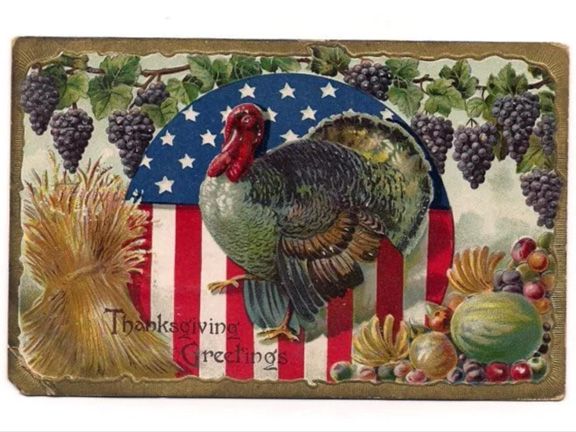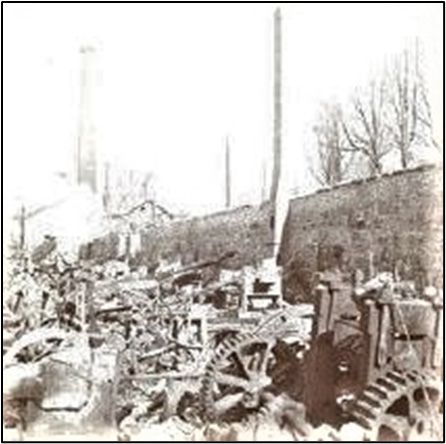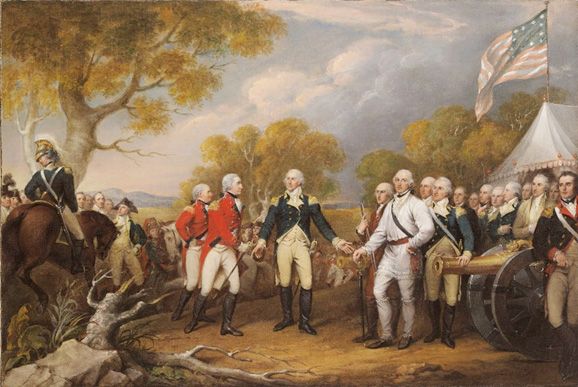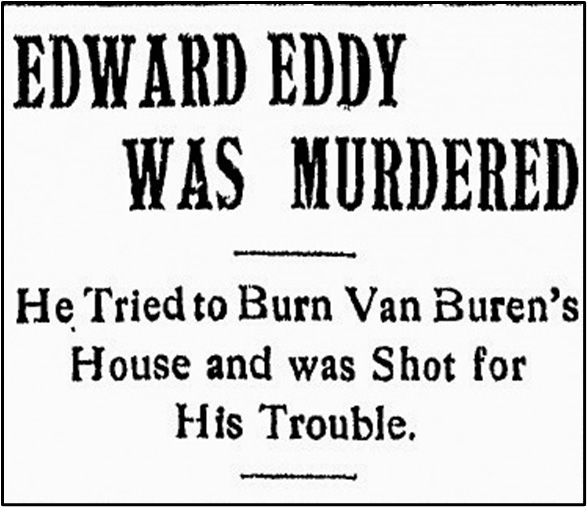Taddeus Kosciusko –Hero of Two Worlds

Photo provided by The Saratoga County History Roundtable.
Ever since it opened to traffic on April 11, 1960, thousands of Saratoga County residents have daily passed over the Mohawk River on the Northway and think they are on the Twin Bridges. Few realize that the bridge is really named for one of America’s greatest heroes – Taddeus Kosciusko.
Tadeusz Kosciuszko (Taddeus Kosciusko is the Anglicized version) was born to minor Polish nobility on February 4, 1746 and educated at the School for Knights in Warsaw. There, he studied not only military science but also history, philosophy, Latin, French, German, geography, and engineering. He completed his studies in France attending lectures at the Academy of Fine Arts and at military schools.
Because Poland was dominated by its larger neighbors Prussia and Russia, ambitious young men such as Taddeus found opportunities lacking and so he immigrated to America in 1776. His military skills were sorely needed in the Continental Army which was composed mostly of farmers. He was immediately given a commission as a Colonel of Engineers and later promoted to head engineer of the Army.
He was soon attached to the Northern Army in response to Gen. “Gentleman Johnny” Burgoyne’s impending invasion from Canada. Assigned to assess the defenses of Fort Ticonderoga, he recommended that a battery of artillery be placed on Mount Independence. The commander foolishly ignored this advice and the British captured the Fort after they placed their artillery on Mount Independence. As the Americans retreated south from Fort Ti, Kosciusko destroyed bridges, felled trees and dammed streams thus providing the needed time to regroup and select a good defensive position from which to meet the enemy. That place was Saratoga.
Kosciusko’s array of defensive positions, particularly on Bemis Heights overlooking the Hudson River, frustrated the British Army when they attached on September 19 and again on October 7, 1777. When Burgoyne realized he could not proceed and was unable to return to Canada due to the approaching winter, he surrendered. General Gates, the Commander at Saratoga, later wrote that “the great tacticians of the campaign were the hills and forests which a young Polish engineer was skillful enough to select for my encampment.” If the Battle of Saratoga was the turning point of the American Revolution, then Taddeus Kosciusko was at the hub of the turn.
Other sites where Kosciusko applied his talents were at Peebles Island at the confluence of the Mohawk and the Hudson in Waterford and at West Point. His earthworks at Bemis Heights and Peebles Island can still be seen today while his plans for defending West Point were those that Benedict Arnold tried to sell to the British. After Saratoga, he transferred to the Southern Department as Chief Engineer and participated in most of the important battles in that area until Cornwallis’s surrender in 1781.
At the conclusion of the war, a grateful Continental Congress promoted him to Brigadier General, granted American citizenship and gave him a land grant. He was also admitted to the prestigious Society of the Cincinnati and the American Philosophical Society. Prior to returning to his native Poland, he wrote to his good friend Thomas Jefferson, “I hereby authorize my friend Thomas Jefferson to employ the whole thereof (his estate) in purchasing Negroes from among his own or any other and giving them liberty in my name”. To his shame, Jefferson neglected to carry out Kosciusko’s wishes. In Poland he led the opposition to Russian interference in the internal affairs of Poland. When war broke out with Russia (referred to as Kosciusko’s Uprising), he won many battles but eventually was wounded and captured. Released in 1796, he was destined to wander throughout Europe until his death in 1817.
The poet Byron said that “Kosciusko was that sound that crashes in a tyrant’s ear” and Jefferson pronounced him “as pure a son of liberty as I have ever known.” Next time you cross his bridge, shout out a hardy “Dziekuje” for our liberties.
Paul Perreault has been the Malta Town Historian since 2009. He served as principal in the Ballston Spa School District from 1978 until 1998 and as a history teacher at Shenendehowa High School from 1967 until 1975. He is the editor of the Gristmill, published quarterly by the Saratoga County History Center. Paul can be reached at historian@malta-town.org

